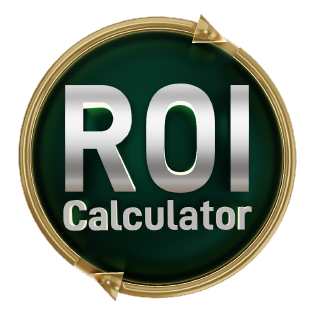TL;DR
Moving from Salesforce to HubSpot is a strategic shift that should deliver measurable outcomes. Success lies in how accurately data transfers, how smoothly teams adopt workflows, and how effectively insights drive business results. With HubSpot’s analytics and dashboards, leaders can track these outcomes in real time and ensure the CRM delivers ongoing value.
AI is reshaping how CRM platforms like HubSpot measure success. Instead of manually tracking reports, AI now identifies data inconsistencies, flags low adoption rates, and suggests workflow improvements automatically. For leaders transitioning from Salesforce, this means gaining deeper visibility into performance metrics that truly matter. AI-driven dashboards help detect issues before they impact operations, allowing continuous optimisation. This proactive approach turns CRM migration from a one-time event into an intelligent system that learns and improves with use.
What Defines a Successful Salesforce to HubSpot Migration?
Success extends beyond transferring contacts and deals. It means the new system supports daily operations without disruption. When teams can easily access accurate records, automation runs smoothly, and reporting reflects real business results, your migration is working. The goal is not just data movement but operational enablement, which makes HubSpot a core driver of efficiency and not a static database.
Why Should Leaders Care About Measuring Migration Success?
CEOs and technology heads must ensure that the investment in migration translates into value. Poor data quality or low user adoption can quietly erode productivity and revenue. By tracking key metrics early, leaders can detect gaps before they turn into larger inefficiencies. Effective measurement builds confidence that HubSpot is performing as expected and delivering tangible ROI.
How Can You Measure Salesforce to HubSpot Migration Success?
Validate data accuracy
Use HubSpot dashboards to compare imported records with Salesforce data. Identify duplicates, missing fields, or inconsistent formats. Reliable data forms the foundation for accurate decision-making and effective automation.
Assess workflow automation
HubSpot’s analytics track workflows such as lead scoring, follow-up sequences, and notifications. Regularly reviewing these metrics ensures automation runs smoothly and eliminates costly process breakdowns.
Monitor user adoption
HubSpot engagement data, such as logins, task completions, and dashboard views, shows how well teams are using the system. High adoption signals a successful migration where technology supports daily work.
Evaluate reporting quality
HubSpot’s custom reporting allows CEOs to visualise KPIs such as pipeline velocity and campaign performance. Clear insights help align departments and confirm the CRM is generating measurable business outcomes.
Iterate for improvement
Continuous tracking and optimisation ensure HubSpot adapts as the business grows. Reviewing metrics quarterly keeps your CRM aligned with strategic goals.
Takeaways
- Migration success is multi-dimensional, covering data accuracy, workflow functionality, and adoption.
- HubSpot CRM reporting makes performance measurable and transparent.
- External audits or migration support can enhance accuracy and long-term ROI.
- Treat the process as ongoing improvement, not a one-time project.
FAQs
- What key performance indicators (KPIs) should I track post-migration?
Monitor data accuracy, workflow performance, user adoption, and revenue impact to confirm HubSpot is integrated effectively. - Can HubSpot reporting replace Salesforce reports?
Yes. HubSpot migration analytics provide real-time dashboards and custom reports for clear, actionable insights. - What if my migration isn’t performing as expected?
Audit your data, retrain users, and refine automation workflows. Treat optimisation as continuous improvement to maximise ROI.


